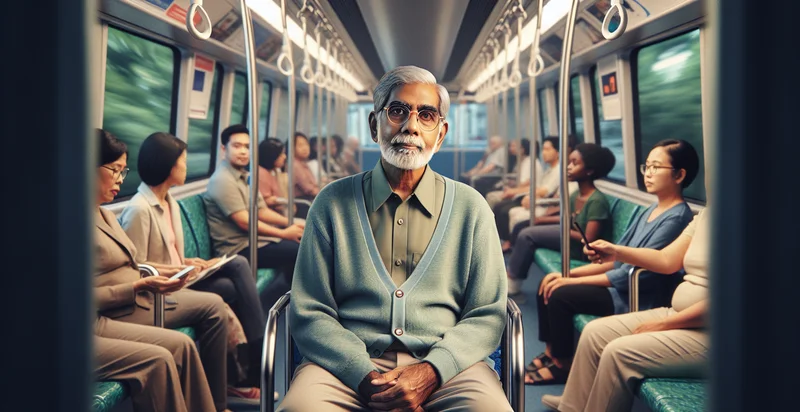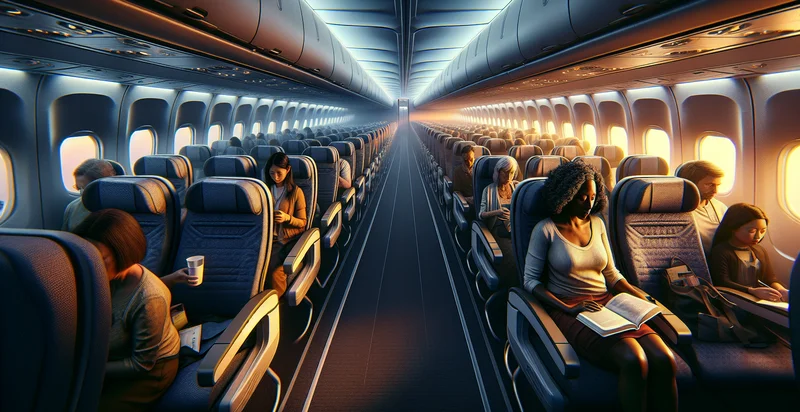Identify if priority seat is occupied
using AI
Below is a free classifier to identify if priority seat is occupied. Just upload your image, and our AI will predict if the priority seat is occupied - in just seconds.

Contact us for API access
Or, use Nyckel to build highly-accurate custom classifiers in just minutes. No PhD required.
Get started
import nyckel
credentials = nyckel.Credentials("YOUR_CLIENT_ID", "YOUR_CLIENT_SECRET")
nyckel.invoke("if-priority-seat-is-occupied", "your_image_url", credentials)
fetch('https://www.nyckel.com/v1/functions/if-priority-seat-is-occupied/invoke', {
method: 'POST',
headers: {
'Authorization': 'Bearer ' + 'YOUR_BEARER_TOKEN',
'Content-Type': 'application/json',
},
body: JSON.stringify(
{"data": "your_image_url"}
)
})
.then(response => response.json())
.then(data => console.log(data));
curl -X POST \
-H "Content-Type: application/json" \
-H "Authorization: Bearer YOUR_BEARER_TOKEN" \
-d '{"data": "your_image_url"}' \
https://www.nyckel.com/v1/functions/if-priority-seat-is-occupied/invoke
How this classifier works
To start, upload your image. Our AI tool will then predict if the priority seat is occupied.
This pretrained image model uses a Nyckel-created dataset and has 2 labels, including Free Seat and Occupied Seat.
We'll also show a confidence score (the higher the number, the more confident the AI model is around if the priority seat is occupied).
Whether you're just curious or building if priority seat is occupied detection into your application, we hope our classifier proves helpful.
Related Classifiers
Need to identify if priority seat is occupied at scale?
Get API or Zapier access to this classifier for free. It's perfect for:
- Public Transport Monitoring: Utilize the 'if priority seat is occupied' identifier to monitor priority seat usage in public transport systems. This data can help transport authorities ensure compliance with accessibility regulations and identify opportunities for improving service based on passenger behavior.
- Smart Seating Solutions: Integrate the identifier into smart seat reservation systems for buses and trains. By tracking real-time occupancy of priority seats, these systems can offer better seating arrangements to passengers who require assistance, enhancing their travel experience.
- Compliance Reporting: Enable compliance reporting for transportation services regarding the use of priority seating. The collected data can be utilized to generate reports on adherence to policies designed to prioritize seating for individuals with disabilities or elderly passengers.
- Customer Experience Enhancement: Use the identifier to analyze passenger boarding patterns and seat occupancy trends. This information can be leveraged to implement strategies that improve overall customer experience, such as announcements or reminders for priority seating usage.
- Accessibility Advocacy: Advocate for improved accessibility on public transport by presenting collected data on priority seat occupancy. Use insights to engage with local government and organizations to promote policies and initiatives that enhance the availability of priority seating for those who need it most.
- Data-Driven Decision Making: Utilize the occupancy data to guide decision-making regarding vehicle capacity and design. Transportation planners can analyze where priority seating is most utilized and make informed choices about changes needed in vehicle design or service routes.
- Dynamic Fare Adjustments: Implement a dynamic pricing model based on priority seat availability using the identifier. This model can incentivize passengers to choose non-priority seating during peak times or report to the station earlier, promoting a more balanced distribution of passengers.


